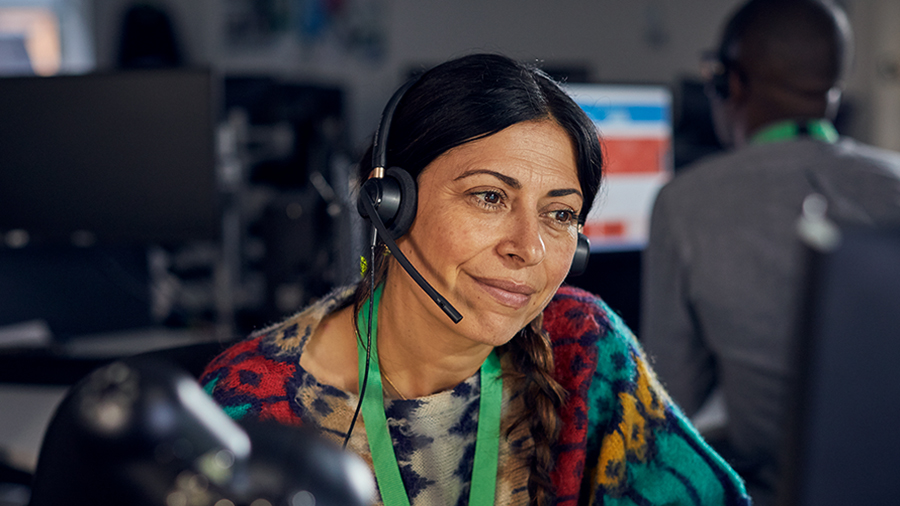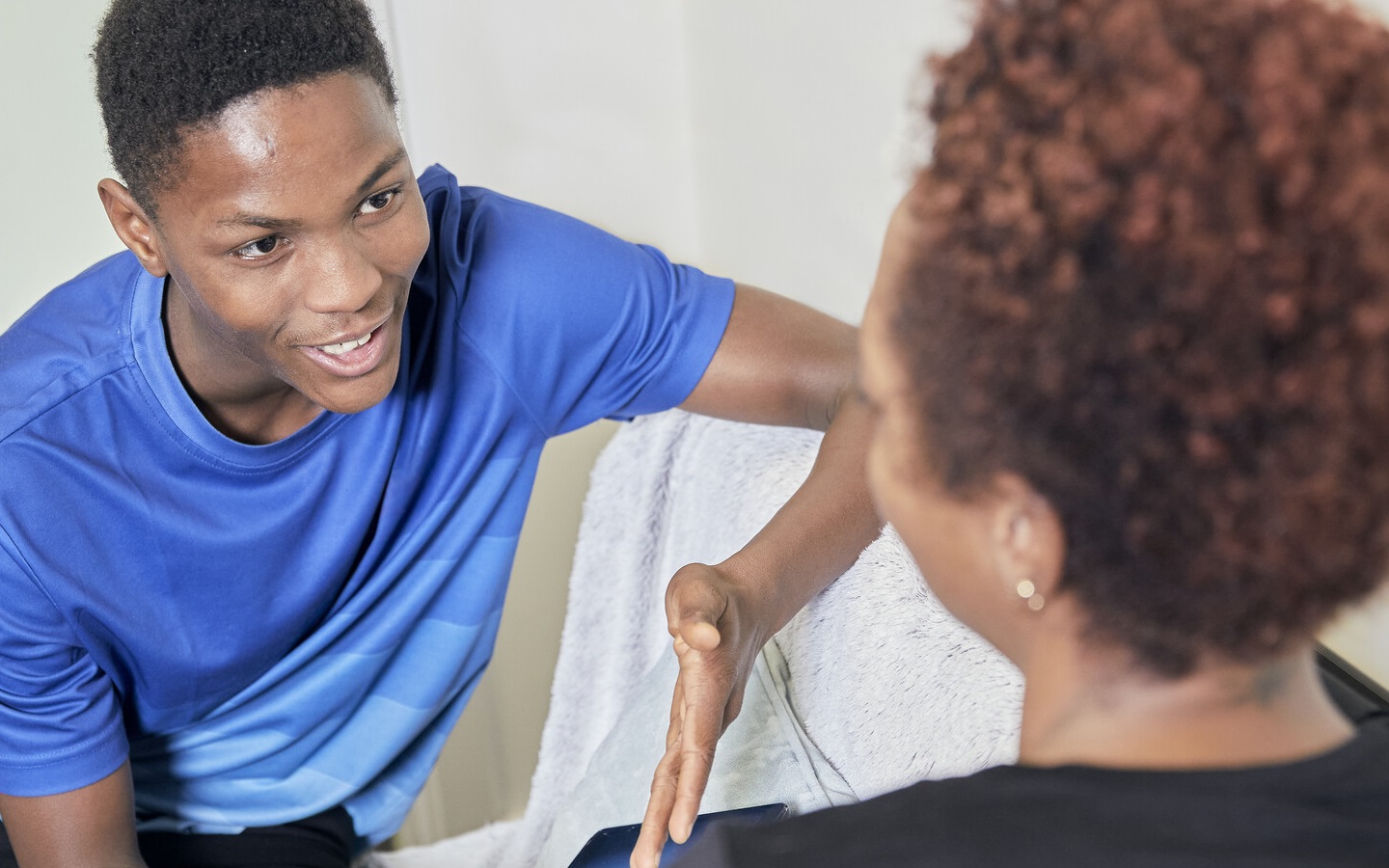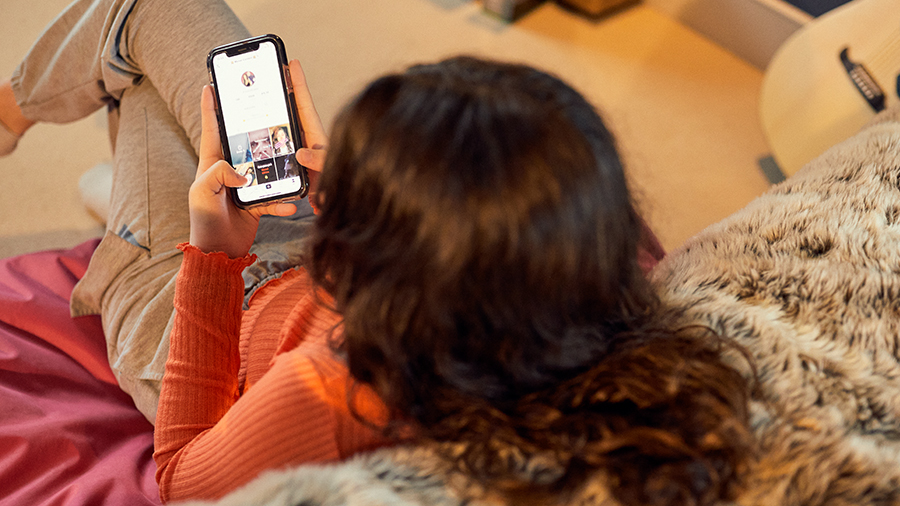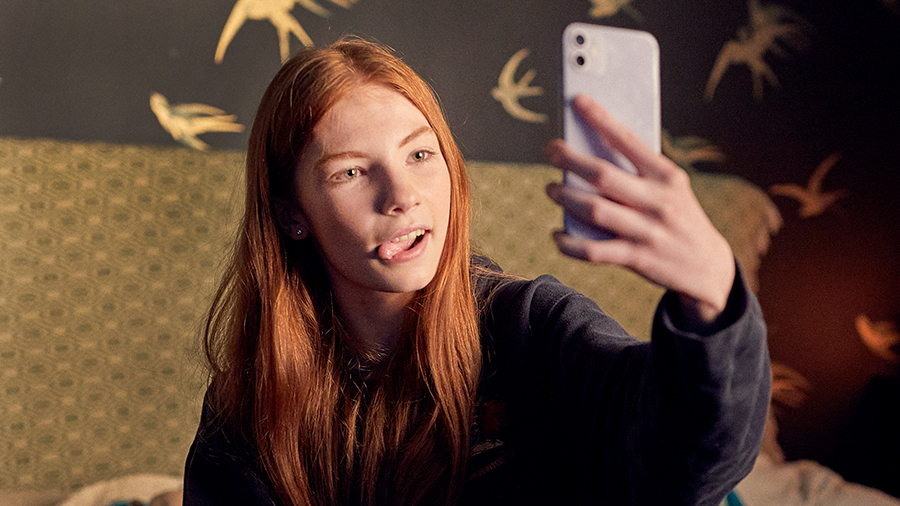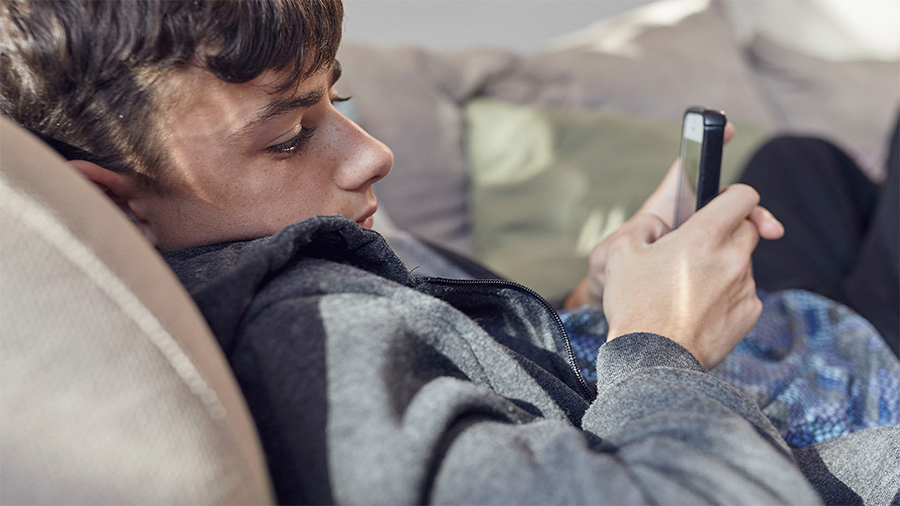Why do young people enjoy using VR headsets?
Although virtual reality is quite a new technology and is still developing, it is becoming more popular. On Christmas Day 2021, Oculus was the most downloaded app on the Apple App Store and 15% of 5–10-year-olds have used VR, with 6% using it daily2. Whilst this is quite a low percentage, these are very young children, especially considering the lower age limit for VR headsets is 12.
Here are some of the reasons they might enjoy using a VR headset:
Entertainment
Virtual reality is designed to be entertaining. The way it makes you feel like a part of everything that’s happening can be exciting for young people.
Exploring different environments
In VR, you can see all sorts of different places, real or imagined. This allows young people to explore imaginary worlds or places they might not be able to get to, such as tourist destinations.
Escapism
Just like online gaming might provide stress relief, children might use VR to switch off from their everyday lives.
Connecting with others
VR can allow you to chat and game with others online and many children enjoy the social side of playing together.
Exploring their identity
Many VR games and apps allow you to create an avatar (character). You can make this character look any way you choose. Young people may use this as an opportunity to explore their identity and experiment with different looks.
Tips for keeping your family safe when using virtual reality
Do some research into the kind of games and apps you can use in VR. Think carefully about whether these would be suitable for your children. Most headsets have an age restriction of 12+ and all games in VR have age (PEGI) ratings. Don’t forget that you know your child best, and you might decide that they need to be a little bit older before it’s suitable for them.
The safest way to enjoy using VR is to make it a family experience. Because using VR involves putting on a headset, it can seem like something you do on your own. However, making it a family activity by taking turns or competing with one another means you can all enjoy it together. Some VR headsets allow you to cast to a television which can allow everybody to see what is happening.
Have a go at the games they want to play so that you know what kind of things they will experience. If you want more information, you can watch videos of gameplay online to get an idea of what the games are like and read reviews by other parents.
Make sure you try out the headset before your child has a go and check whether the device or game allows chatting with others. Using VR can be quite a disorientating experience and using it yourself will help you understand how your child might feel when they are wearing the headset.
Make sure you check out which games and apps your child wants to use and whether they are suitable by choosing them together. Remember, 3D experiences in VR are designed to be very realistic. This means they could have a greater impact on your child than 2D games they play or films they watch
Talk to your child regularly about their experiences in VR. Ask them what they enjoy about using it as well as what that they don’t enjoy. If your child chats or plays with others, talk to them about who they spend time with and who can contact them. Make sure they are aware that personal information shouldn’t be shared with people they don’t know.
VR chat rooms are designed for adults only and have an age rating of 18+ so make sure that your child cannot access these.
Check out the parental controls available on the device and research the safety features available in-game. Make sure your location is set to private and that other privacy settings are switched on.
If your child is using VR to chat or play with others, make sure they know about blocking, muting and reporting tools they can use. Some VR headsets allow you to set up a personal boundary around your in-game character. This will stop other players being able to come too close.
With VR, all the action takes place within a headset. This means it can be difficult to see what is happening. Encourage your child to only use VR headsets in family spaces and consider getting a headset that allows you to cast to a screen or using a casting device. This helps to make sure they are in a safe space that is prepared for VR use and allows you to keep an eye on what your child is experiencing.
Stay in the room with them when they are using the headset. This makes it easier to pick up on how they are feeling whilst playing. You could encourage your child not to use headphones so that you can be part of the game experience with them.
Many VR games need you to move around while playing. To avoid any accidents, make sure you clear a space for your child to play in, away from any trip hazards or sharp edges. Certain headsets allow you to mark out a ‘guardian boundary’. This is a boundary set within the game that keeps track of your surroundings. It alerts you when you step outside of the lines which reduces the risk of bumping into physical objects.
In conversation with your child, decide how long they are allowed to spend using a headset. It is recommended to limit time spent in VR to 10-15 minutes at a time. VR can disrupt sleep, so it is best to avoid playing 1-2 hours before bedtime.
When ending play, help your child readjust to the real world slowly. You can do this by encouraging them to sit still, take deep breaths and focus on their real-world surroundings
What are the risks of using a VR headset?
VR headsets can have similar risks to devices like smart phones and tablets. Because you can use them in different ways, the risks will depend on how your child uses the device.
Many children like to use VR headsets to play games and explore different virtual places on their own. But with VR headsets you can also chat and play games online with others. You can even use a VR headset to access the metaverse. See our page on this for more information: What is the Metaverse?
Some of the risks of using a virtual reality headset are:
Experiencing physical injury
Using VR is an intense experience and using it for long periods of time could cause problems like eye strain. There is also a risk of injury while wearing a headset as your child cannot see their surroundings. If the game requires them to move around, they could trip or fall on other items in the room. Because of the way scenes move in VR, some people can feel motion sick when using it.
Negative impact on mental wellbeing
Virtual reality is designed to be very realistic. This means that young children might find it more difficult to tell the difference between what happens in the game and in reality. One side effect of using VR can be feeling disconnected from your body. Because VR is designed to be so realistic, it can feel strange when you come out of the experience. People who spend a long time in the headset might feel disconnected from their body, making them feel anxious or worried.
If your child is playing or chatting with others in VR, there are some other risks to be aware of:
Experiencing unwanted contact
Some VR apps and games allow children to easily chat and play with people they don’t know. Just like in other online games, this puts young people at risk of grooming or online forms of abuse, along with the risk of moving the conversation to other platforms or meeting up offline.
In many VR games, players use avatars to represent themselves. Your child could be approached by another player’s avatar whose behaviour makes them uncomfortable.
Encountering harmful content
Because many VR experiences are happening live, it can be difficult to monitor what your child is seeing and hearing. This means that children might see or hear things that are inappropriate, such as bad language, violence or sexual content.
Oversharing private information
Young people talking to others in VR might feel pressure to share information about themselves. They might share things like their name, where they go to school or photos of themselves. Some devices, games and apps might also have location settings which give the option of sharing their location with others.
Spending real money
As in other online games and apps, you can make purchases in virtual reality. Lots of apps and games partner with brands, influencers and celebrities to encourage users to buy virtual items. Young people might use virtual coins or real money to buy expensive items, such as clothes for their avatars. They could also be targeted by scammers who try to trick people into sharing personal information or steal money from them.
More online safety advice
References
-
1. This information and advice has been created with support from Catherine Allen at Limina Immersive.
